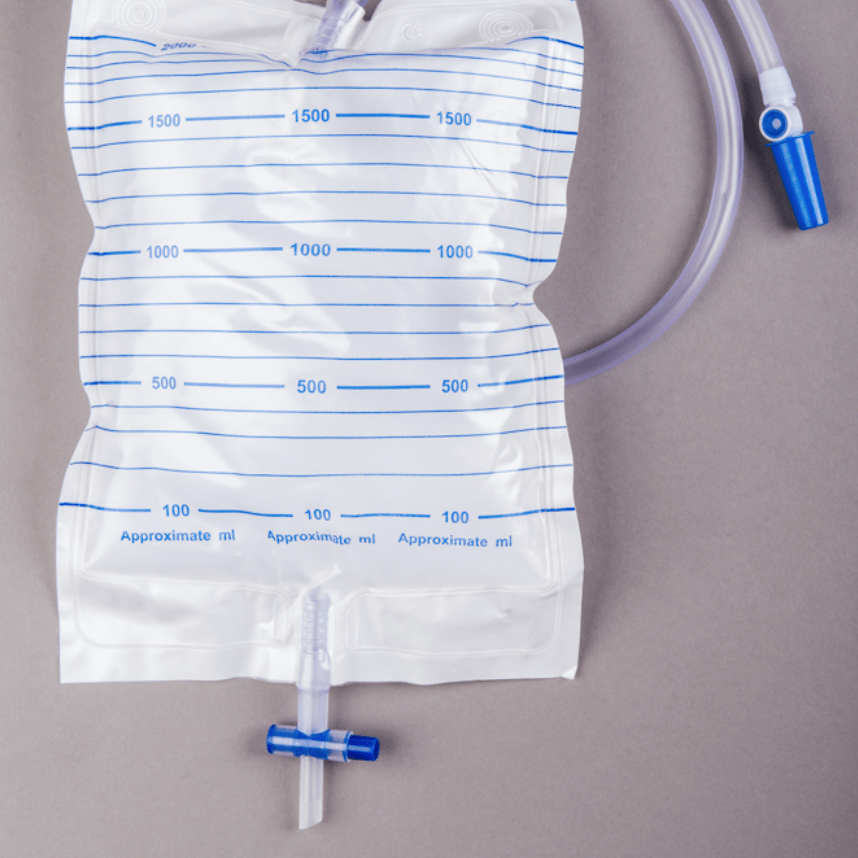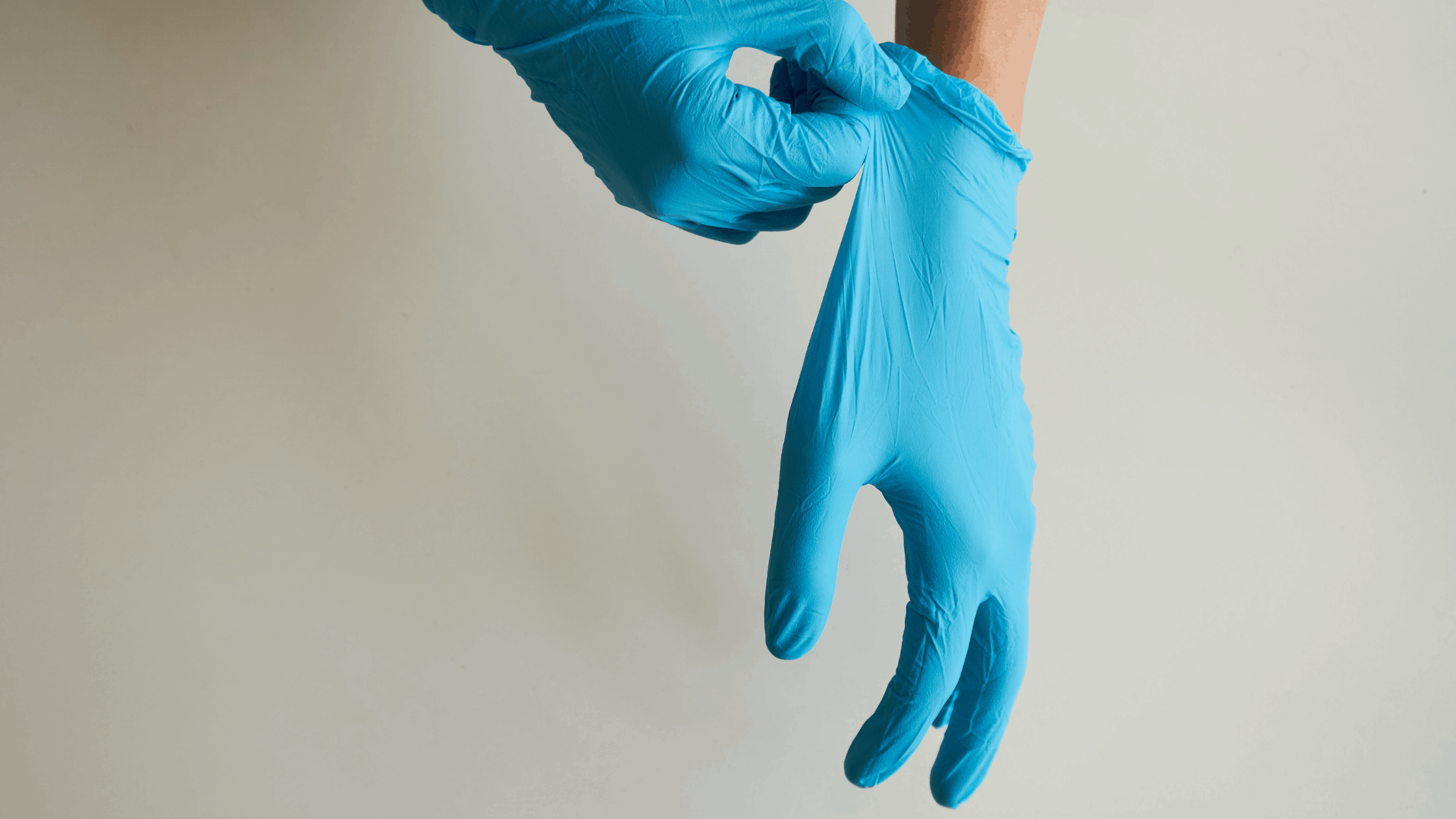Abstract
Primary cutaneous mucormycosis is an opportunistic fungal infection caused by the order Mucorales, most frequently by the Rhizopus species. Both systemic factors, such as diabetes mellitus or malignancies and local factors disrupting the skin barrier are implicated in development of this entity. The initial manifestation is a red-to-black papule rapidly progressing to a necrotic and painful ulcer. Diagnosis is obtained by identification of fungal forms in a skin biopsy, typically showing branching and non-septate hyphae. The clinical course is highly variable and depends mostly on the fungal invasion of deep tissues. However, an early diagnosis is essential for implementation of prompt and optimal treatment, based upon antifungal therapy and aggressive surgical debridement.
References:










